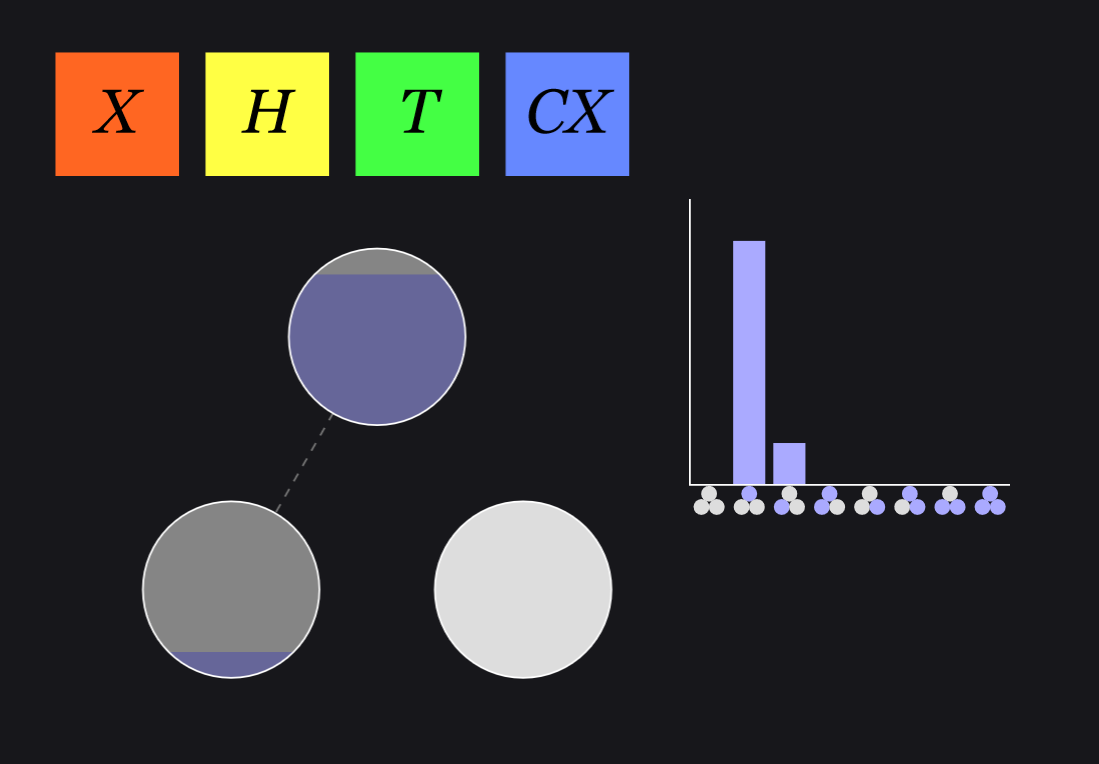In the rapidly evolving realm of quantum computing, the concept of qubits emerges as a pivotal element that distinguishes quantum bits from classic binary bits. But what exactly are qubits, and why do they warrant profound scrutiny? Understanding qubits necessitates an exploration of their unique properties and the transformative potential they hold for computation. Imagine a word where you can not only store a 0 or a 1 but a complicated intertwining of both. Could this duality pave the road to unparalleled advancements in technology? This inquiry not only challenges our conventional notions of computation but also explains the intricate underpinnings of quantum mechanics.
A qubit, short for “quantum bit,” serves as the fundamental unit of information in quantum computing, analogous to a classical bit, which can exist in one of two states: 0 or 1. However, where classical bits represent binary conditions, qubits exploit the principles of quantum mechanics, allowing them to exist simultaneously in superpositions of states. Thus, a qubit isn’t limited to just 0 or 1; it can manifest in a complex superposition of both states at once, characterized by a probability amplitude that dictates the likelihood of measuring one state over the other. This property leads us to a fundamental question in quantum theory: how can a single unit of information embody such multi-faceted potential?
Superposition, however, is not the only compelling feature of qubits. Entanglement, another cornerstone of quantum mechanics, intertwines the states of multiple qubits such that the state of one qubit cannot be described independently of the other(s), no matter the distance separating them. Imagine two qubits, where measuring the state of one instantly reveals the state of the other. This phenomenon raises an intriguing conundrum: if we can manipulate qubits in such a manner, what implications does this hold for secure communication, cryptography, and distributed computing? The prospect of harnessing entangled qubits for data transmission not only offers higher efficiency and speed but may also redefine the concept of privacy in digital communications.
The physical realization of qubits can be achieved through various systems, including superconducting circuits, trapped ions, or photonic systems, each presenting its own set of advantages and challenges. For instance, superconducting qubits are crafted using Josephson junctions, which exhibit remarkable coherence times, enabling them to maintain superposition for a relatively long duration. Conversely, trapped ions utilize electromagnetic fields to confine ions that can be manipulated using lasers. Yet, the challenge lies in achieving low error rates and increasing the scalability of such systems. As we deepen our understanding, a pivotal question arises: how can researchers enhance qubit fidelity while minimizing the fragility inherent in quantum states?
When considering the application of qubits, one must address their role in quantum algorithms, which leverage quantum parallelism to outperform classical counterparts. Classic algorithms, such as Shor’s algorithm for integer factorization, exemplify how qubits can accelerate problem-solving processes exponentially. Traditional computers struggle to factor large numbers in a reasonable time, while quantum computers utilize the inherent power of superposition and entanglement to achieve results that were previously deemed computationally impossible in a feasible timeframe. Yet, this leads to another challenge: how can scientists and engineers devise algorithms that fully exploit the properties of qubits to tackle real-world problems effectively?
The journey into the world of qubits is not merely a mathematical endeavor; it invites interdisciplinary collaboration across physics, computer science, and information theory. The unique challenges in error correction and q-bit coherence require thoughtful integration of these domains, generating an enriching tapestry of innovation. For instance, the development of quantum error correction codes demonstrates how entanglement among qubits can be harnessed to mitigate errors due to decoherence—a significant hurdle in maintaining quantum states over time. Ponder this: what would it mean for humanity if we could unlock the full potential of thousands, if not millions, of interconnected qubits all functioning seamlessly together?
As we advance further into the quantum age, the convergence of ethics and technology must also be contemplated. The powerful capabilities of qubits raise pertinent ethical questions about access, security, and the potential for misuse. The realization that quantum computers could break many existing cryptographic systems heralds the need for robust frameworks governing their application. Could society prepare itself for the implications of quantum supremacy? This exploration must encompass both scientific inquiry and ethical deliberation.
In sum, qubits represent more than mere instruments of computation; they embody a paradigm shift in the way we perceive and process information. Their distinct qualities of superposition and entanglement confer upon them remarkable capabilities that challenge the limitations of classical computing. As researchers strive to overcome the accompanying challenges, the questions remain multifaceted: can we fully leverage qubits to enhance our technological landscape, and how do we manage the ethical implications that arise from such power? The quest for understanding qubits is not merely academic; it beckons a future rich with potential, inviting indeed a reimagining of what is possible in the universe of computation.












